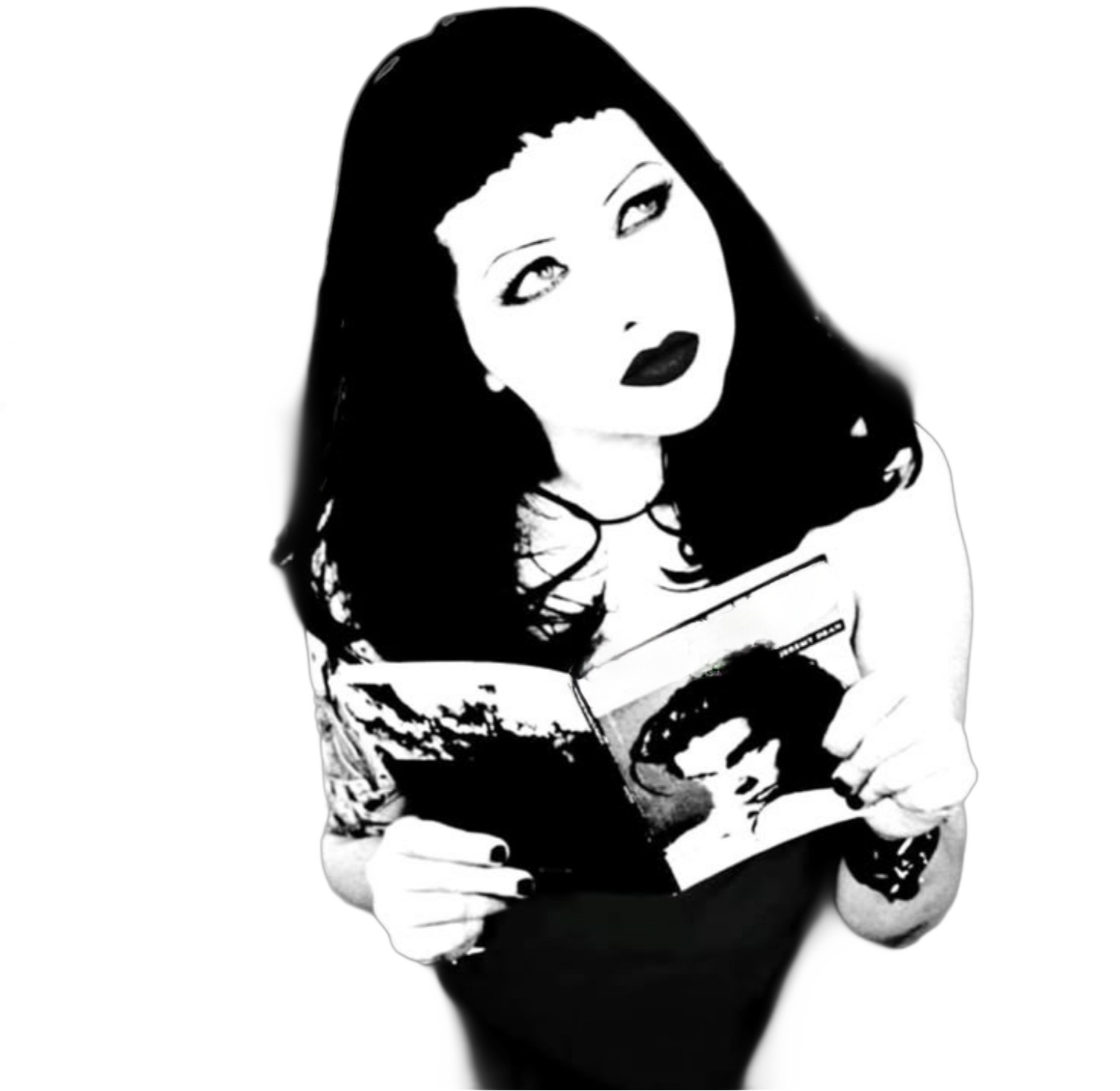Let’s get one thing straight: being alternative is not just a look. It’s not just wearing fishnets and Doc Martens or dyeing your hair red and calling it a day. Being alternative has a history. A purpose. It’s political. And it’s time people stop acting like it's just another Pinterest aesthetic or TikTok trend.
A Little History Lesson
Alternative culture didn’t sprout up from nowhere. It came from resistance. From people who didn’t fit in, didn’t want to, and honestly didn’t care to. Punk wasn’t about a leather jacket — it was anti-establishment, anti-capitalist, and fully anti-fake. Goth wasn’t just spooky eyeliner and romantic poetry — it was born from post-punk, trauma, existential dread, and emotional rebellion. Grunge came from boredom, poverty, and suburban alienation. Riot grrrl was radical feminism on cassette tapes. Emo? That was vulnerability turned all the way up — during a time boys weren’t even allowed to cry.
Every alternative subculture had a reaction. To politics. To capitalism. To war. To gender roles. To racism. To the crushing machine of mainstream society. It was protest — disguised in music, clothes, zines, and messy bedrooms.
So when people say “alt,” it shouldn’t mean “cool with eyeliner.” It should mean “I’m aware. I resist. I care.”
The Internet Ruined It (But Also Helped... a Bit)
Let’s be real. The internet democratized alt culture — which is cool — but it also watered it down. Tumblr made it dreamy. Instagram made it polished. TikTok made it a costume.
Now everyone’s an “alt girl” if they wear a spiked choker. But being alternative used to be dangerous. You could get bullied, arrested, or literally attacked for how you dressed or what music you played. It was isolating. It was lonely. And it was real.
The internet gave people access — to music, zines, and others like them. But it also gave the mainstream a peek inside... and they stole the look, stripped the meaning, and sold it back to us in fast fashion.
Alternative Is Inherently Political
Here’s the thing no one says out loud: you can’t be alt and conservative. Sorry, but no. The entire foundation of alternative culture is resistance to oppressive systems. That includes homophobia, transphobia, racism, sexism, capitalism, and, yes, fascism.
If you’re alt and support systems that hurt others — you’re not alt. You’re cosplaying. You’re performing. And that’s dangerous.
True alternative communities were safe havens for queer kids, Black punks, disabled creators, poor kids, girls who were angry. The weird, the loud, the sensitive. We didn’t fit, and we didn’t want to. That’s what made it powerful.
What Happened to Us?
Now? The “alt scene” online is full of people gatekeeping hair dye, judging outfits, and pretending they invented eyeliner. It's more about looking cool than being conscious. There's no zine-making. No political discussions. No underground shows. Just curated feeds and aesthetic videos.
But some of us remember. Some of us are reading the books. Making the art. Screaming into microphones in our bedrooms. Collecting vintage tees because they meant something. Listening to Bikini Kill, not just wearing the t-shirt.
So, What Is Alternative Now?
It’s whatever you make of it — but it better be real. If you care about people, if you question power, if you make your own path, if you actually learn where your style and music come from — then you’re on the right track.
And if you’re just here for the look? Welcome. But stay, read, listen, learn. Know that there’s a history to that eyeliner. A war behind that band tee. A reason why we dressed weird in the first place.
Because alternative was never supposed to be pretty. It was supposed to be honest.
